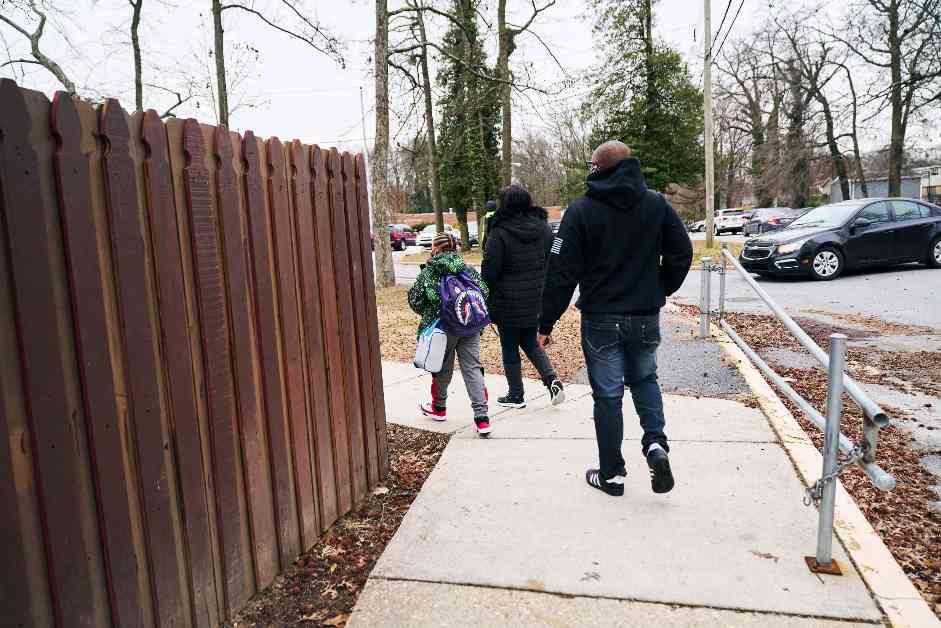School systems across the country are facing a critical juncture as they grapple with the impending end of federal funds designated to aid in the recovery from the impacts of the COVID-19 pandemic. The Elementary and Secondary School Emergency Relief (ESSER) Fund, which provided districts with nearly $200 billion, has been instrumental in supporting initiatives such as high-dosage tutoring, leadership development, and expanded student exposure to career pathways. However, as the funding comes to an end later this year, educators are left wondering how to sustain the progress made and continue to meet the needs of their students.
With the looming deadline for the ESSER funds, school administrators are faced with tough decisions on how to allocate resources effectively and ensure that students continue to receive the support they need. This presents an opportunity for educators to rethink their approach to education and implement bold changes that will drive meaningful impact in K-12 education.
### The Impact of ESSER Funds
The utilization of ESSER funds has been crucial in addressing the challenges brought about by the pandemic and supporting the recovery efforts in schools. Initiatives such as high-dosage tutoring and enhanced counseling have proven to be effective in improving student outcomes and providing much-needed support to students who have been disproportionately impacted by the pandemic. However, with the funds set to expire, school administrators must find innovative ways to sustain these programs and continue to prioritize the well-being and academic success of their students.
### Challenges and Opportunities Ahead
As school systems navigate the post-pandemic landscape, they are faced with a myriad of challenges and opportunities that will shape the future of K-12 education. Questions around resource allocation, program effectiveness, and equity in education must be addressed to ensure that all students have access to high-quality learning experiences. School leaders must be willing to embrace change, take risks, and invest in strategies that have the potential to drive positive outcomes for students.
### Building a Sustainable Future
In order to build a sustainable future for K-12 education, school administrators must prioritize collaboration, innovation, and equity. By fostering partnerships with stakeholders, leveraging data-driven approaches, and investing in evidence-based practices, educators can create a more equitable and inclusive learning environment for all students. It is crucial that school leaders are supported in making tough decisions and reimagine resource allocation to ensure that every student has the opportunity to succeed.
In conclusion, the end of ESSER funds presents a pivotal moment for school systems to reflect on their practices, reimagine their approach to education, and invest boldly in strategies that will drive positive change. By prioritizing student well-being, equity, and innovation, educators can create a sustainable future for K-12 education that meets the needs of all students.

